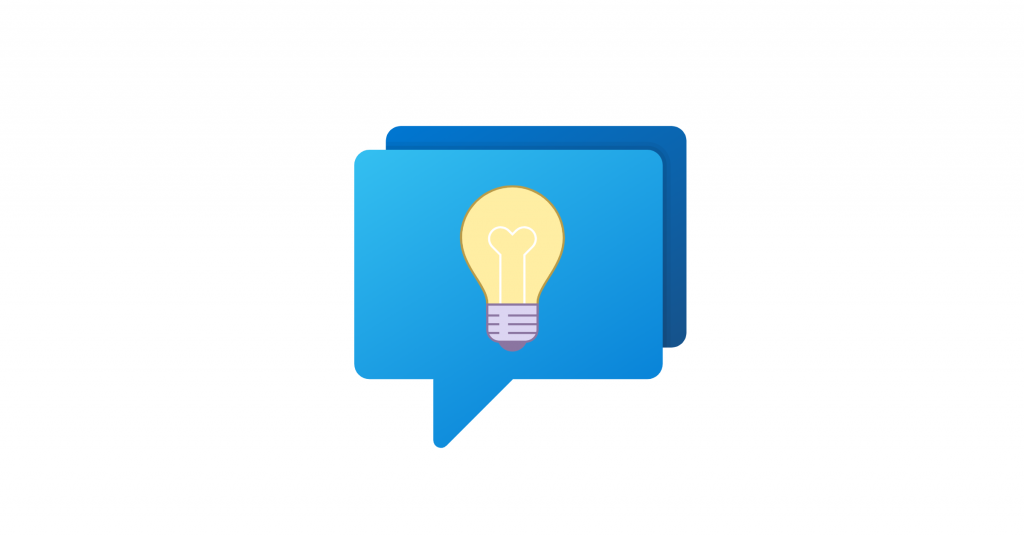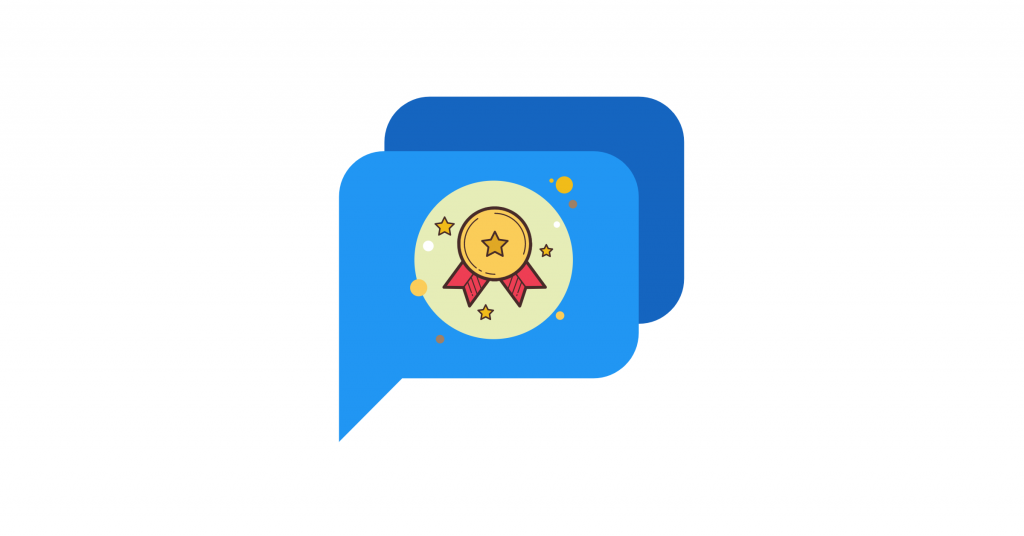Do you support customers over live chat? Looking for live chat tips to help your customer support get even better at it?
Well, you’re in the right place. Below, you’ll find an extensive list of tips and best practices for providing incredible live chat customer support.
This advice will help you solve customer issues faster. I will also show you how to conduct more meaningful live chat conversations and make customers feel like you were speaking to them face to face.
So, let’s get right to it.
14 Customer Support Chat Tips
Every customer support channel needs a different approach. You won’t use the same tactics to a phone call with a live chat message, will you?
If you want to deliver a memorable live chat experience, here’s everything you need to consider.
1. Show that You’re Human
Let’s face it – The last thing you want is for your customers to think that they’re talking to a machine, right?
But how do you reassure them that it’s a real person and not a chatbot that they converse with?
Simple – Add a human touch to all your interactions with your customers.
As I mentioned, live chat can help you build a better relationship with your customers, provided that you’re helpful but also engaging in every conversation.
Having a human approach makes it easier for your customer to be more understanding and patient, making the chat smoother.
Work on scripts based on the most frequent conversations. Read them out loud and think about how you can make them more engaging.
Also, use emojis and animated GIFs to emulate body language, and add humor to your conversations.
2. Master Small Talk
Is there a better way to make your conversations more engaging than starting with small talk?
Treat your live chats with your customers as a new interaction. It’s easier to break the ice with a casual comment or a question at the start.
Or how about having small talk while you’re looking for the answer to your customer’s question? It could be a nice way to make the waiting time less boring.
3. Be Genuinely Helpful
All interactions should have an end goal of helping your customers. So when a new chat window pops up, it’s time to be as helpful as possible.
Your website visitors are using live chat support to find an answer to their questions. Support agents should be genuinely helpful. It’s not just about finding the correct answer to every question.
A live chat experience should make your customers feel closer to your business. So don’t be afraid to go beyond the way to deliver a memorable customer experience.
You’ll be rewarded in the longer term.
4. Work on Your Typing Speed
Did you know that 60% of consumers expect an immediate response when contacting a support team?
As your customers become more demanding, you want to deliver a consistently great customer experience.
A good way to practice is by working on your typing speed. This is not a competition for the fastest typer, but it’s still helpful to improve your typing.
TypingTest.com is a site that allows you to test typing speed and practice to improve your results.
(Clearly, I have some room for improvement.)
After a bit of practice, you’ll become more familiar with your keyboard, and you’ll be more efficient in the live chat software you’re using.
5. Provide Educational Material and Screenshots
Remember when we talked about the importance of being helpful in all your customer interactions?
Let’s explore what this means in more detail.
It’s not enough to have an answer to a customer’s question.
What if they still don’t understand what you mean? What if they expect more details from you?
Be proactive and include educational material, additional links, and screenshots to help your customer solve their problem.
For example, you can link them to your FAQ section, a how-to video, or even a blog post that could be helpful.
Your customers will certainly be happier knowing that you want to help them as much as possible.
6. Manage Expectations on the Conversation
The easiest way to disappoint a customer is by not managing their expectations.
Start by updating them on the waiting time before starting the conversation, even through an automated message.
If you need a few minutes to look at their order details, let them know.
Instead of leaving your customer waiting with no indication of when you’ll type back, tell them what you’re doing.
There are more chances for your customers to be patient if they know what to expect.
7. Keep an Archive of Conversations to Make Future Interactions Easier
Do you want to make your live chat agents’ life easier? Make sure you’re saving the chat history from all customer interactions.
It’s faster to respond to repeat customers by keeping a log of all conversations. Remember, the faster you respond, the happier your customers will be.
Moreover, customers can also look back at the conversations and save them for future reference. This feature can help them build trust and feel reassured that you want to deliver the best customer experience across all channels.
8. Set an Average Wait Time
Fact: Nobody likes waiting.
But we still have to deal with online and offline queues in our lives.
When it comes to live chat support, make sure you keep your online customers up-to-date with the wait times.
For example, you can update them on where they are in the queue.
How many people are there before them? Are they next on your list, or do they need to wait for an hour before they reach you?
Keep in mind; it’s better to be transparent even if there’s a long queue. You don’t want to tell everyone they are next in the queue and make them wait for half an hour, do you?
9. Use Concise, Clear, Simple Language
All chat conversations should be easy to understand. No matter who you’re talking to, the goal is to help them find a quick answer to their question.
Simplicity is key.
Draft the scripted answers to your most frequent questions. Read them out loud. Aim for concise, clear, and simple language.
Don’t confuse your customers with big words and lengthy paragraphs. Instead, your replies should be short, engaging, and easy to understand.
If you’re still unsure, get a friend to read your replies. Do they make sense? Is there something that you need to omit?
Practice makes everything easier.
10. Have an Answer to All Questions
Okay, you don’t need to have an answer to all questions within a matter of seconds. But you should be able to know where to find the answers to all questions.
Working in customer success, the goal is to keep your customers happy. Naturally, therefore outstanding, not all questions are expected. But you still need to know where to look for the answers.
Work on your type of FAQ and keep adding more questions that you come across.
Be ready to ask for help from other team members if needed. Try and familiarize yourself with all the different tools and links that would help you find the correct answer.
11. Proofread Your Responses Before Sending Them
It’s easy to make a mistake on an online chat. We’ve all been there.
But when it comes to customer support, this is not the ideal scenario.
You want to be professional, and typos don’t necessarily help your brand. Imagine making a mistake in your customer’s name? I don’t think they would appreciate this, right?
A quick way to avoid this risk is to double-check all responses before sending them.
It only takes a few seconds, but it can save you from embarrassing errors.
12. Be Empathetic
Live chat support is still new. Not all your customers are familiar with it.
Use your empathy to connect with your customers to deliver a memorable experience.
If someone doesn’t understand your answer, try to explain it.
If your answer wasn’t enough for a customer, provide more details.
All complaints should be taken seriously. Your tone of voice and attitude can determine the customer’s satisfaction.
Pay attention to all details in live chat support. Be professional but always maintain your empathy in every interaction.
13. Provide a Chat Transcript
We’ve already talked about the importance of maintaining an archive of all conversations. It can save you time and make future conversations easier.
Now, let’s focus more on the customer’s perspective.
A chat transcript is not just about you. Several customers want to save a conversation with a business either for accessing essential details or even for future reference.
If your online interaction had to do with troubleshooting, they might want to look at it again.
That’s why it’s important to provide the option for your customers to save the chat transcript.
You can even remind them on your own to do it.
Whether it’s a message coming from you or an automated reminder at the end of an interaction, it’s still a thoughtful tactic that can boost your customer engagement.
14. Be Efficient with Your Customer’s Time
Not everything is about you. Your customers should be your primary focus on most of your decisions.
Live chat customer support is a popular method of communication for its immediacy and real-time interactions.
When you’re boosting your typing speed or finding a quick answer to a question, it’s not just about you being more productive.
The improved response time is about respecting your customers’ time.
There are growing expectations for businesses to reply to all queries as fast as possible. The faster you respond, the higher the chances of keeping your customers happy.
Thus, all interactions should start by knowing that efficiency boosts customer engagement.
Apologize to customers who had to wait in the queue. Reassure them that you want to help them. Tell them if you need a minute to find more details about your product or service.
It’s the details that make a difference.
Closing Thoughts
More and more companies begin to support customers over live chat. So it’s the perfect time to learn how to deliver memorable customer service.
Review all the customer tips we’ve mentioned with your team, work on your priorities and map out your next steps.
Remember, it’s all about being positive, empathetic, and helpful.


